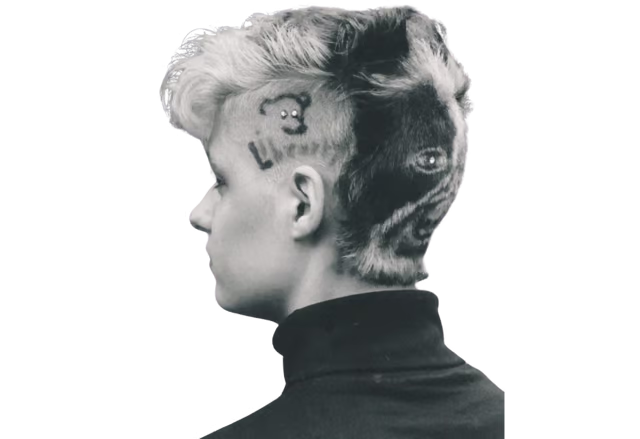Today, twenty years ago, YouTube released its first-ever video: a now-iconic 19-second clip titled Me at the Zoo.
In it, co-founder Jawed Karim stands in front of an elephant enclosure at the San Diego Zoo in the U.S., casually commenting on what he finds “cool” about elephants.
The video has since amassed more than 350 million views and become a milestone in internet history.
But as YouTube celebrates this anniversary, World Animal Protection is calling attention to the deeper—and darker—reality behind the video’s setting: the suffering of wild animals held in captivity.
To mark the moment, World Animal Protection partnered with Happiness Brussels Agency and Bine Studio AI studio to release the video Us Still at the Zoo, a haunting new video that follows the story of Sumithi, an Asian elephant, and elephants like her, blending archival footage with AI-generated visuals, the video draws a powerful contrast between 20 years of global progress and the unchanged, confined lives of captive elephants.
Cameron Harsh, Programs Director at World Animal Protection, states, “Elephants aren’t here to entertain audiences,” said Cameron Harsh, Programs Director at World Animal Protection U.S.
Harsh adds, “They’re intelligent, social, and dynamic individuals who deserve to roam free, not live confined in small spaces. Whether taken from the wild or born in captivity, elephants suffer deeply when denied a natural life. We can’t allow another 20 years of this cruelty.”
Sumithi died after 48 years in captivity. While it’s too late to free her, it’s not too late for others, including Joyce.
Joyce, an African elephant, was brought to the US from the wilds of Zimbabwe in the 1980s after hundreds of elephants were killed in the government’s elephant culling operation.
Since arriving in the U.S. alongside 62 other orphaned elephants, Joyce has suffered a traumatic history of performances, isolation, and stress, regularly passed around between zoos, circuses, and other captive attractions around the U.S. Joyce is currently living in captivity at a Six Flags amusement park in New Jersey.
Edith Kabesiime, Wildlife Campaign Manager at World Animal Protection, said, “Joyce is just one of many victims of decisions that fail to truly protect wildlife. Her story reflects the cruel legacy of culling—a practice that creates needless orphans, only for them to be exploited under the guise of rescue.
“If there’s one lesson to take from this, it’s that culling is not a solution; it causes more harm than good. But it’s not too late. Join us in calling for the release of Joyce and the others still trapped in captivity. And every time you see YouTube’s first video, let it be a reminder that wild animals do not belong behind bars—they belong in the wild, where they are free.”
World Animal Protection is actively campaigning for Six Flags to release Joyce and the four other elephants at the theme park to accredited sanctuaries and shut down its exhibit for good.
Moving Joyce and the other elephants to reputable sanctuaries offers them the best opportunity to live out their remaining years in peace, surrounded by nature and free to roam.




